Peter Matika, Senior Reporter
Tropical cyclone Freddy could hit the Mozambican coast on Wednesday, affecting around 70,000 people in various provinces of the country, the nation’s disaster relief department announced.
In Zimbabwe, weather experts have also warned that the country could likely be affected by the cyclone, which is developing in the Indian Ocean.
In a statement meteorological Service Department (MSD) head of forecast, Mr James Ngoma, said the department was closely monitoring the developing weather event and is likely to have an informed decision on Tuesday.
The Civil Protection Unit (CPU) is reported to have activated disaster response teams to deal with any potential weather hazards in communities.
CPU director Mr Nathan Nkomo was quoted as saying the department was following the weather advisory on the developing Cyclone Freddy.
“On the developing Cyclone Freddy, I’m sure the MSD is monitoring it. The last time we checked it was still miles away from the Mozambican channel. We will continue to monitor it as it reaches the Mozambican channel and see its trajectory,” said Mr Nkomo.
He said CPU disaster teams were activated in October at the announcement that the country is likely to receive normal to above-normal rainfall.
According to President of the National Institute for Disaster Risk Management and Reduction (INGD) Luisa Meque, 15 places have already been identified to be used as accommodation centres for the victims, Xinhua news agency reported.
The weather system will influence the Mozambican central provinces of Zambezia, Sofala, and the southern province of Inhambane, with rains and strong winds accompanied by severe thunderstorms, said Meque.
According to the National Institute of Meteorology, Cyclone Freddy is moving toward eastern Madagascar.
Meque appealed to people to continue to follow the meteorological updates issued by the authorities.
“As soon as possible, we intend to start with the removal of people from areas considered at risk,” she said, adding that the INGD agents are urged to act more quickly and with more precision to avoid high numbers of affected people.
Some five other coastal nations – Botswana, Zambia, Zimbabwe, Eswatini and South Africa – are also vulnerable as Freddy looks set to tear across the Mozambican channel after Wednesday.
The tropical cyclone weakened slightly after brushing Mauritius with powerful winds and heavy rain, monitors said.
Located 500km away, Freddy’s epicentre is expected to make landfall on Madagascar’s eastern coast on Tuesday evening, the UN’s disaster agency OCHA warned.
The storm will be “likely at an intense stage,” packing winds of up to 120km/h, it said.
Freddy passed some 120kms north-east of Mauritius on Monday and 190kms from the French island of La Reunion.
Although expected to have slightly weakened, it will still bring “devastating winds” and “very dangerous conditions,” the French forecaster Meteo-France said.
The storm is likely to land north of Mananjary, a coastal town of 25,000 people that remains devastated by last year’s Cyclone Batsirai, which killed more than 130 people across the country.
The UN’s World Food Programme (WFP) said more than 2.3 million people in Madagascar could be affected by Freddy, and the cyclone would pass through Mozambique and Zimbabwe.
The large Indian Ocean island typically takes several hits during the November- April storm season.
Freddy is the first cyclone, and the second tropical weather system, to hit during the current season, the Office for the Coordination of Humanitarian Affairs (OCHA) said.
Flights headed for Madagascar’s eastern coast regions were cancelled, a journalist in the capital Madagascar reported.
Locals in the coastal region told AFP by phone that they were busy reinforcing roofs with sandbags to prevent them from being blown away.
Since Sunday, the authorities driving all-terrain vehicles equipped with loudhailers have been driving around urging people to seek safety. Women and children had started to move into schools and other shelters.

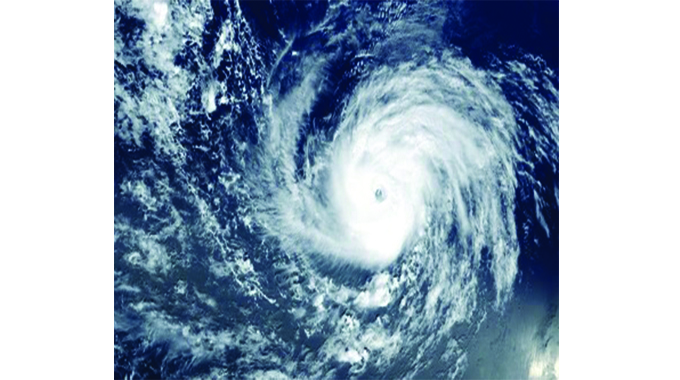


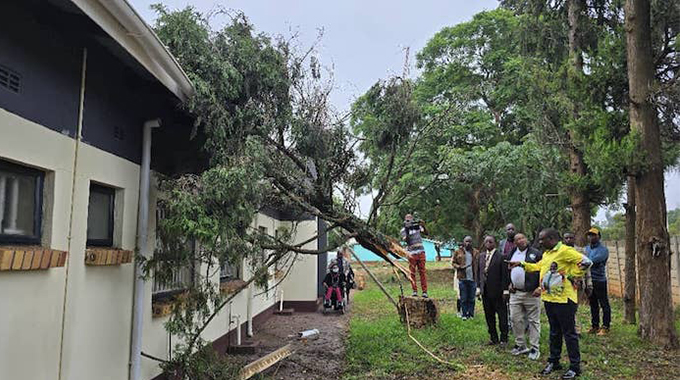

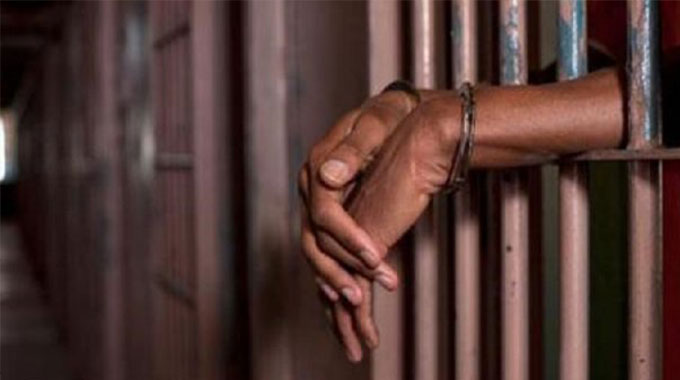




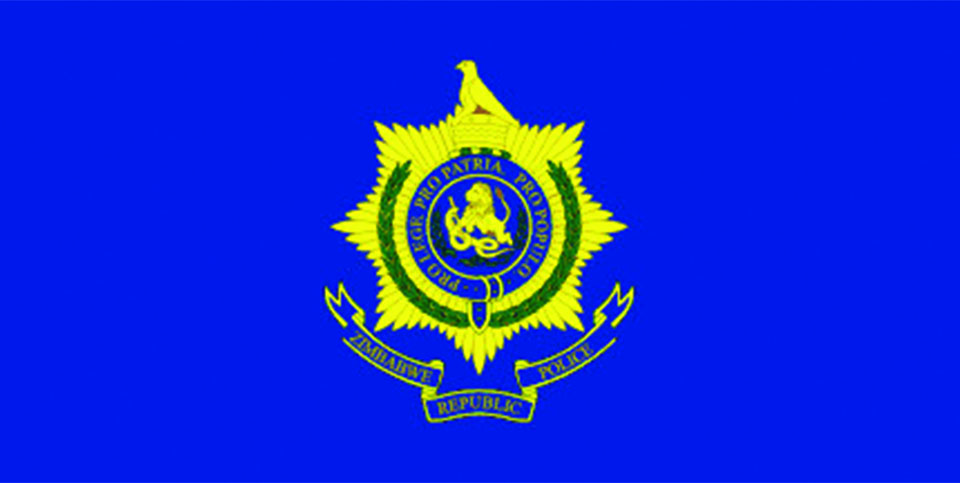
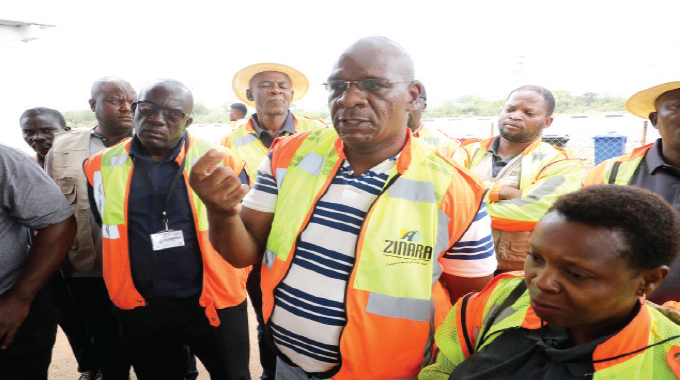
Comments